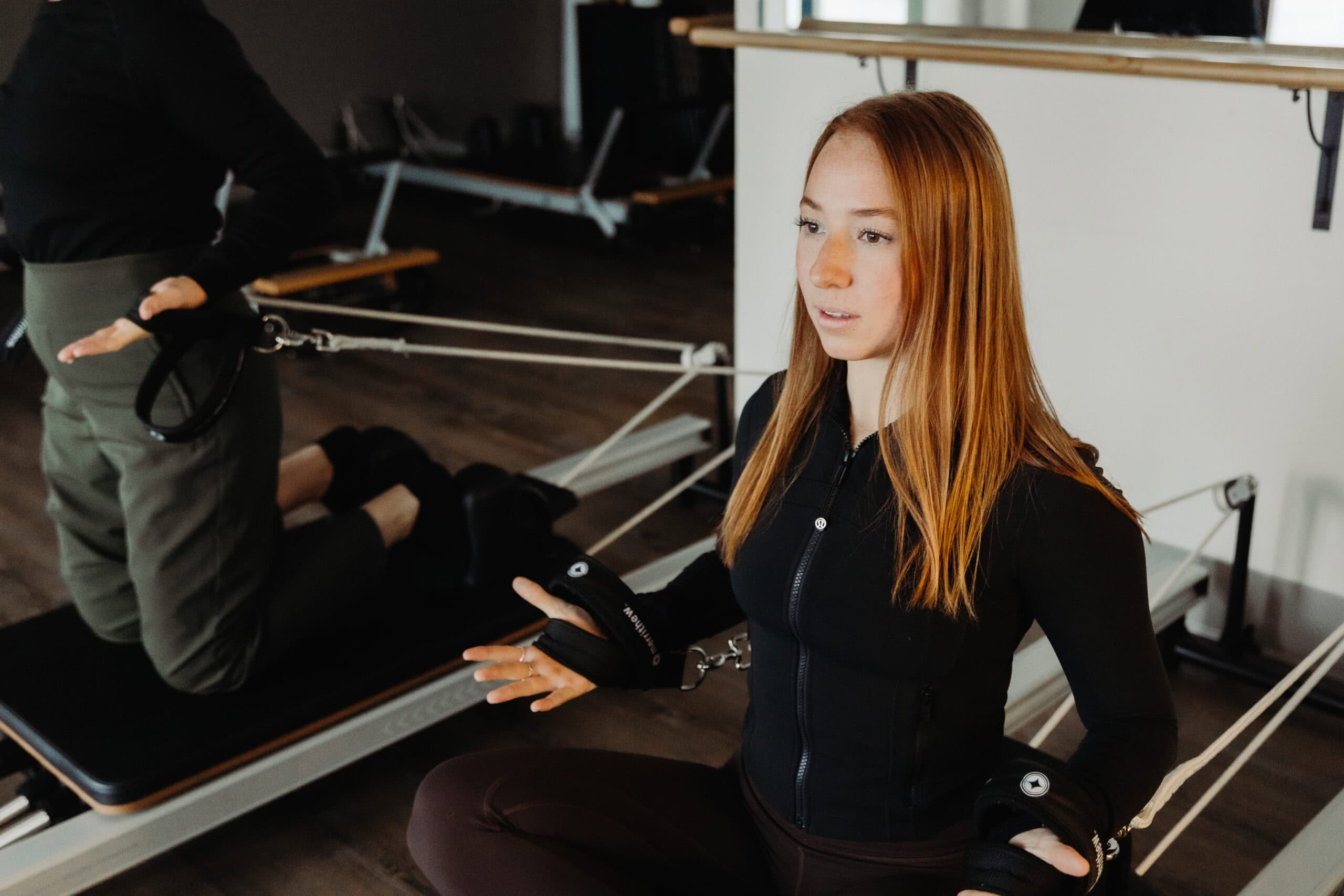September is International Pain Awareness Month, a time to recognize the challenges faced by people living with persistent pain and to share resources that can make a difference. One powerful tool for pain management is Pilates, a mind-body exercise method that promotes strength, flexibility, and mindful movement.
Understanding Pain
Pain can be acute (short-term, linked to injury) or chronic (lasting more than three months). Chronic pain can significantly affect daily activities, mood, and quality of life. While medication and medical interventions are often part of pain management, movement and exercise are essential for long-term relief and improved function.
How Pilates Helps with Pain
Pilates is not just about exercise—it’s about restoring balance and harmony in the body. Here’s how it can help:
- Improved Core Strength: A strong core stabilizes the spine and reduces strain on joints and muscles, often easing back, hip, and shoulder pain.
- Gentle, Low-Impact Movement: Pilates is kind on the joints while still challenging the body. This makes it suitable for people with arthritis, fibromyalgia, or chronic pain conditions.
- Enhanced Posture and Alignment: Many pain issues stem from poor posture or muscle imbalances. Pilates helps realign the body, reducing undue stress on painful areas.
- Mind-Body Connection: Breathwork and mindful movement foster relaxation and reduce the anxiety that often accompanies chronic pain.
- Increased Flexibility and Mobility: Stretching and controlled movement improve range of motion, making daily activities less painful.
Why Choose Pilates During Pain Awareness Month?
Pilates empowers individuals to take an active role in managing their pain. Unlike quick fixes, Pilates offers sustainable tools to build resilience, improve function, and restore confidence in movement.
Getting Started
- Start slow. Even a few minutes of gentle Pilates exercises can make a difference.
- Modify when needed. Instructors can tailor exercises to meet individual needs and limitations.
- Stay consistent. Regular practice yields the best long-term results.
Final Thoughts
International Pain Awareness Month reminds us that pain is real, but so is the potential for healing and resilience. Pilates provides a safe, supportive, and empowering way to manage pain—helping people move with greater ease, strength, and confidence.

